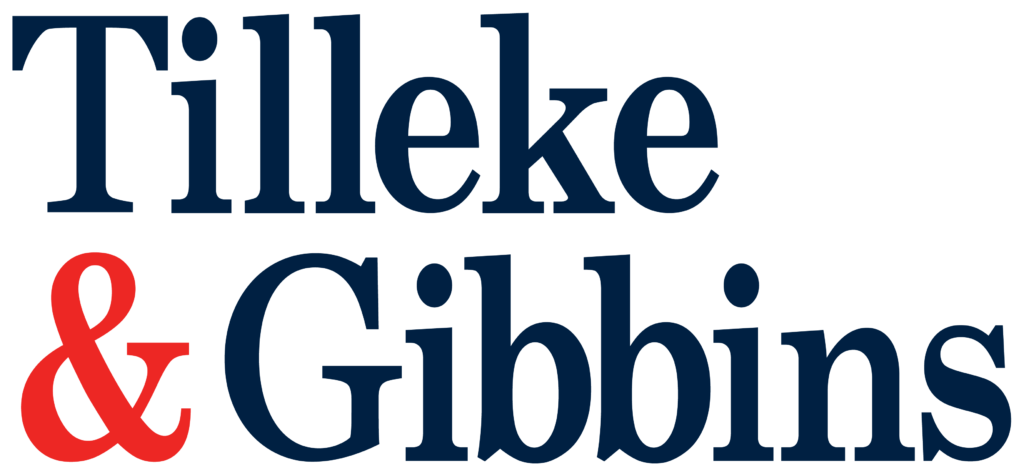Thailand SEC Amends Supervisory Framework For Ready-To-Use Utility Tokens.
Thailand’s Securities and Exchange Commission (SEC) amended its utility token supervisory framework by issuing seven notifications that came into effect on August 13, 2024. Ready-to-use utility tokens (tokens that can be used immediately to acquire specific goods or services), which were previously unregulated, are now subject to the supervisory scheme set forth by the seven new notifications in both primary and secondary markets. This is intended to provide an investor protection mechanism that responds to the characteristics, risks, and usage of the different types of ready-to-use utility tokens.
Under the new notifications, ready-to-use utility tokens are categorized into two groups. These are detailed below.
Group 1 Utility Tokens
Group 1 utility tokens include ready-to-use utility tokens issued for consumption purposes or as a digital representation of a certificate. Examples include loyalty points, digital movie or concert tickets, NFTs, and carbon credits, among others.
Principally, there is no change in the regulation of group 1 utility tokens under the new notifications. In the primary market, issuance of this type of token is not subject to the initial coin offering (ICO) requirements.
In the secondary market, providing services related to group 1 utility tokens is not considered to be the same as operating a digital asset business with licensing requirements under the Emergency Decree on Digital Asset Businesses B.E. 2561 (2018). Licensed digital asset operators (including exchanges, brokers, and dealers) are not permitted to list or trade group 1 utility tokens.
To provide services in relation to group 1 utility tokens, these licensed digital asset operators must establish a separate entity to provide those services and must not use names or messages that could cause the public to misunderstand that the separate entity is engaged in a digital asset business under SEC supervision.
Group 2 Utility Tokens
Group 2 utility tokens include other ready-to-use utility tokens besides those specified as group 1 utility tokens. Examples include native coins, governance tokens, DeFi/Cefi projects, and exchange tokens, among others.
For group 2 utility tokens, the new notifications impose more stringent regulations, including an ICO requirement if the tokens will be listed on a licensed digital asset exchange.
In the secondary market, providing services related to group 2 utility tokens is considered to be operating a digital asset business that requires a license under the Emergency Decree on Digital Asset Businesses. Therefore, only the licensed digital asset operators mentioned above can list, trade, or provide services in relation to these tokens.
Additional Requirements
The new notifications also emphasize that issuers must not issue tokens to be used as a means of payment (MOP) and must not accept tokens for staking purposes except as a verification mechanism, a voting method, or for joining events for sharing benefits from ecosystem activities. The new notifications further prescribe the characteristics of utility tokens that do not constitute MOP. These include a variety of common utility tokens, such as those that are specially created for loyalty programs or marketing promotion purposes, to purchase in-game items, to pay gas fees for digital transactions, and so on.
Various oversight mechanisms on digital asset exchange supervision were also strengthened, especially in relation to price speculation. These changes include revising minimum requirements for listing rules and trading rules, requiring signposting to inform investors about potential risks from investing in a certain token, and imposing disclosure requirements on issuers when tokens are to be listed on an exchange.
The governance of not-ready-to-use utility tokens remains unchanged under the new notifications, with the issuance of not-ready-to-use utility tokens subject to the ICO requirements.







